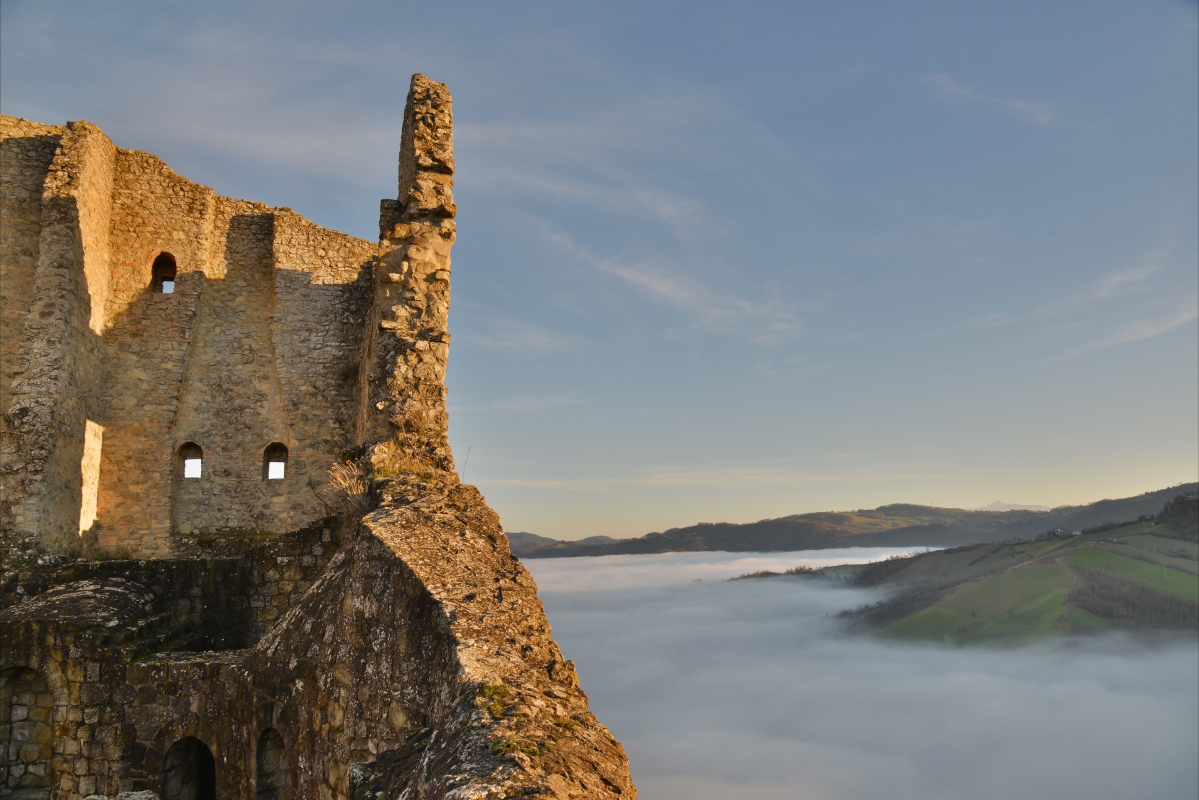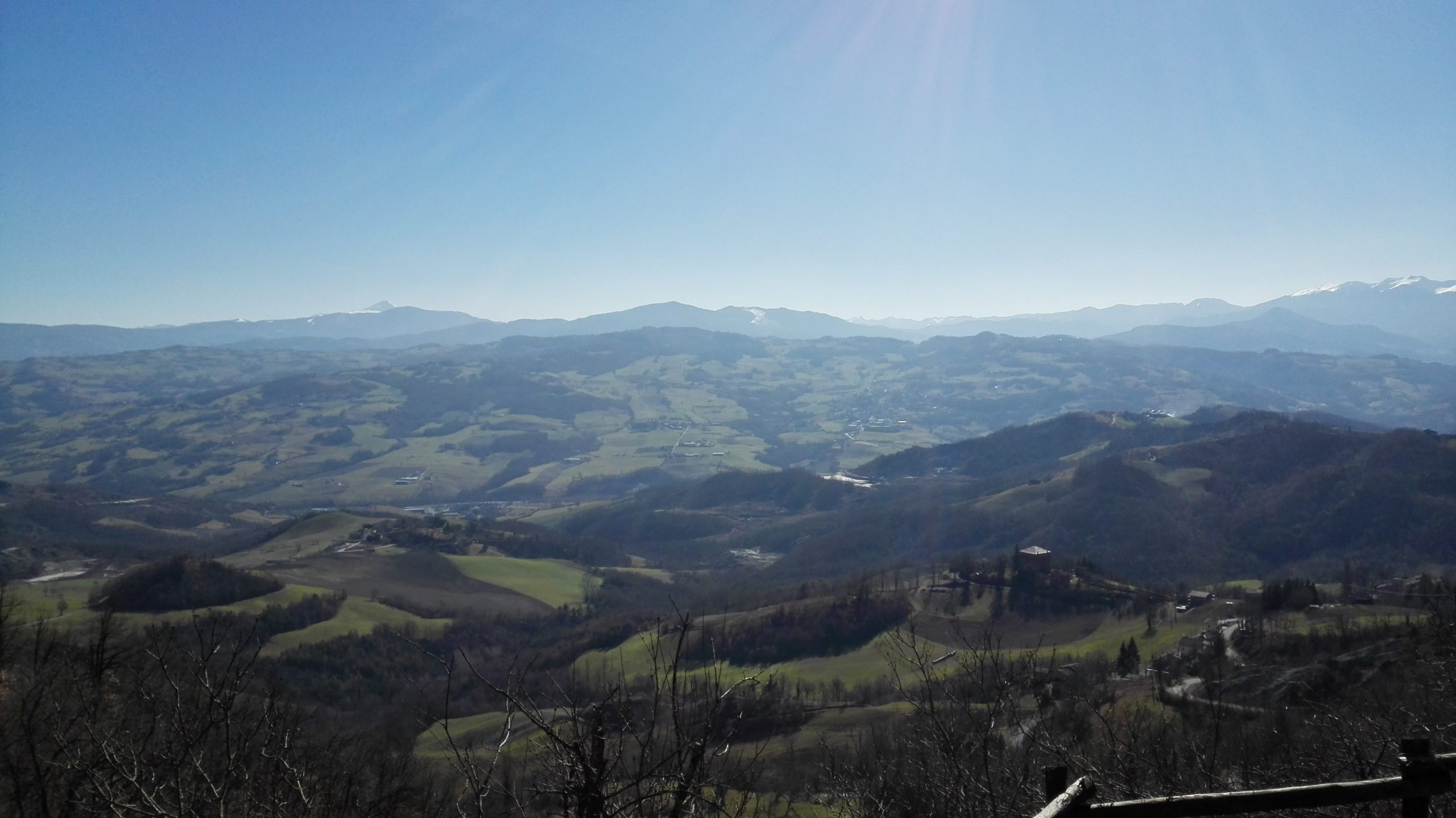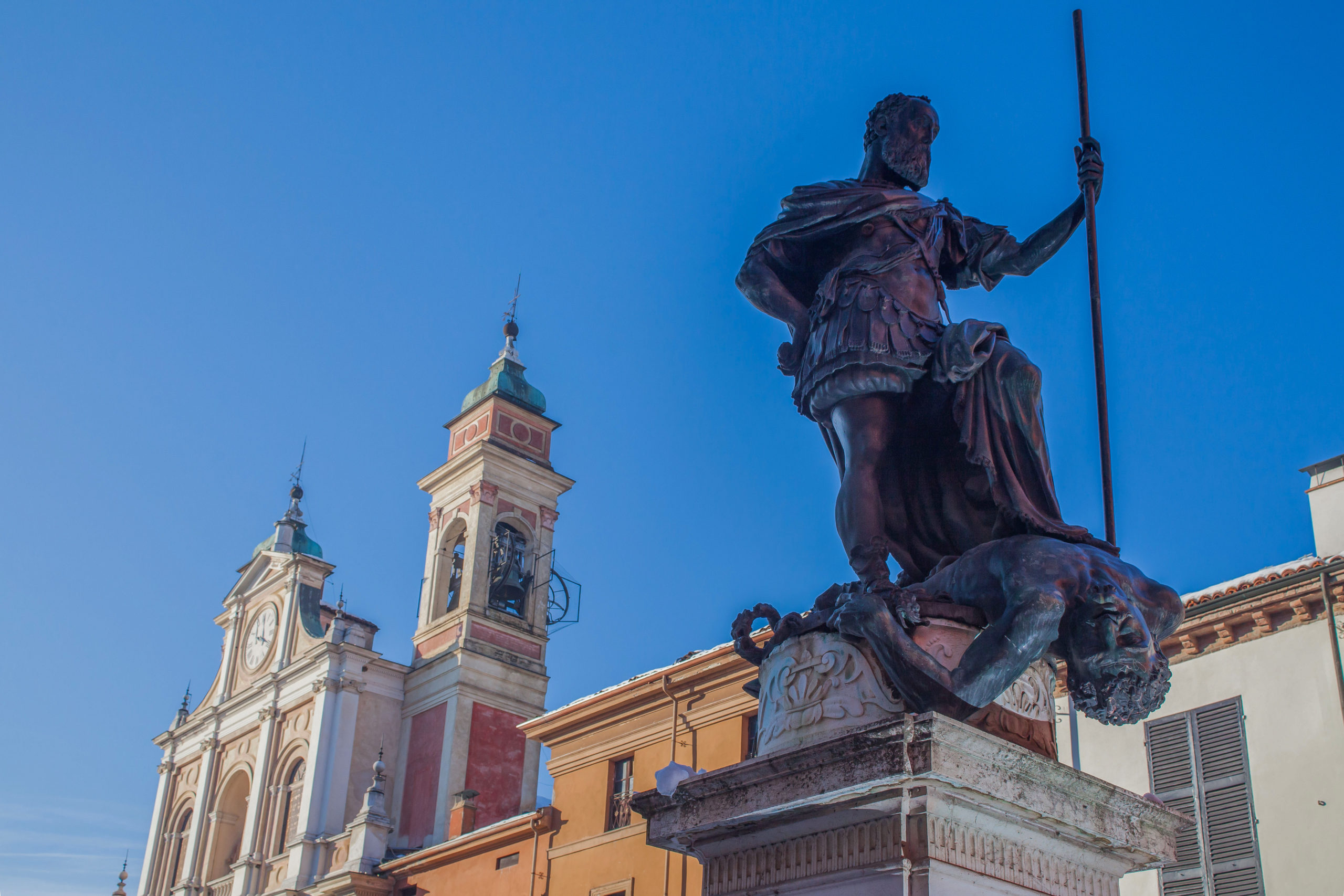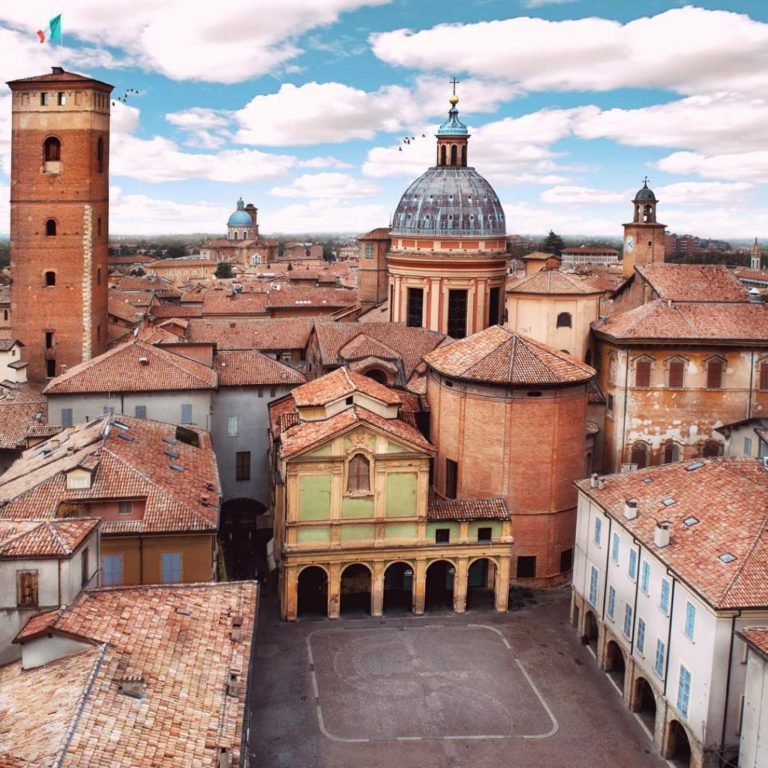“Almost 125 miles in the ancient domain of Matilda of Tuscany among amazing places steeped in art, culture and spirituality, all in a varied, lush landscape from the Po Valley to the Apennines and then down to the Garfagnana area and its Mediterranean climate.”
The Matildica Way is one of the 14 spiritual paths that cross Emilia-Romagna. It is an extraordinary journey through Italian history, landscape and culture. Stretching 125 miles (of which nearly 90 are in Emilia-Romagna) from Mantua to Lucca, the Matildica Way traverses three regions and a variety of unique and fascinating places.

In ancient times, this network of routes that crossed northern Italy was entirely within the territories of Countess Matilda of Canossa and were connected to the wider road network that ran from the Roman Papal Throne to the Germanic kingdoms and northern Europe. Here the Kingdom of Matilda had the double function of being both a defence for the papacy and a safe crossing point for caravans travelling between northern and southern Europe. The “Sentiero di Matilde“, as the route is known in Italian, was part of a larger network of European roadways which, during the Middle Ages, must have encompassed a large part of the Old Continent.
The Matildica Way now links Mantua, Matilda’s birthplace, and a UNESCO city, with Lucca passing through Guastalla, Reggio Emilia and then up towards Canossa Castle, San Pellegrino in Alpe and the old pilgrimage destinations in the Tuscan-Emilian Apennines. It then goes down the Garfagnana hills into the beautiful Tuscan countryside.

A historical and spiritual itinerary that can be tackled in its entirety – it consists of 12 stages that can be covered in a fortnight – or partially, choosing as you go the parts that are closest to your interests: spiritual, naturalistic or historical and cultural.
Hamlets along the Way
If you’d like to explore some of the art and history along the Matildica Way, there are, of course, the famous cities of Mantua, Reggio Emilia, and Lucca. Don’t miss the little-known town of Gualtieri, though; the seat of the Bentivoglio family, it boasts one of the most beautiful 16th-century squares in Italy and is also part of the larger itinerary of the Small Renaissance Capitals.

Services and practical information
The trail is signposted with white-red painted signs and metal arrows in accordance with the national standard dictated by the CAI – Club Alpino Italiano. Moreover, several rest areas for hikers have been set up at the main points along the trail, with an information board.
Discover the path stage by stage
Author

Walter Manni
Explorer and Adventurer: loves sailing the oceans, climbing the highest mountains and surfing on the waves of the web
You may also like
Route Planner: Sloways in Emilia Romagna
by Walter Manni /// July 31, 2024
Reggio Emilia in 3 minutes – Places to visit and must see
by Giulia Delaini /// February 12, 2018
What to eat in Reggio Emilia
by Giulia Delaini /// March 22, 2018

Interested in our newsletter?
Every first of the month, an email (in Italian) with selected contents and upcoming events.


